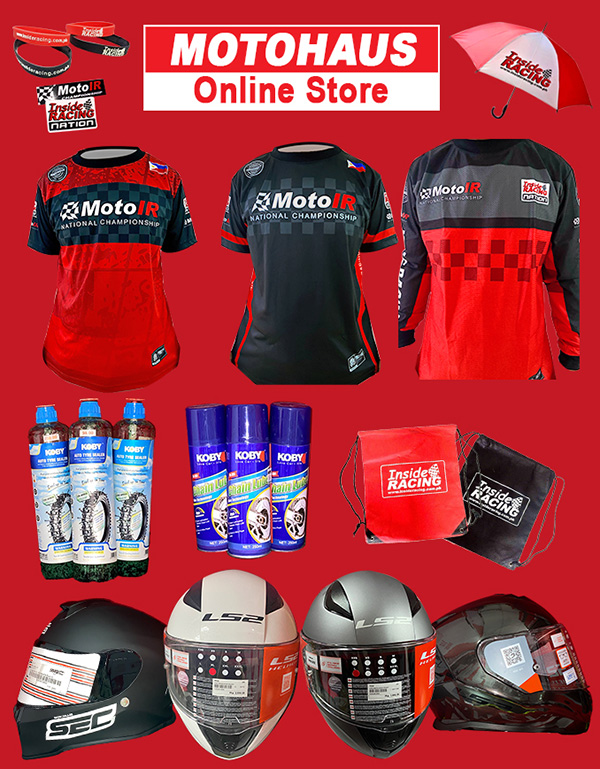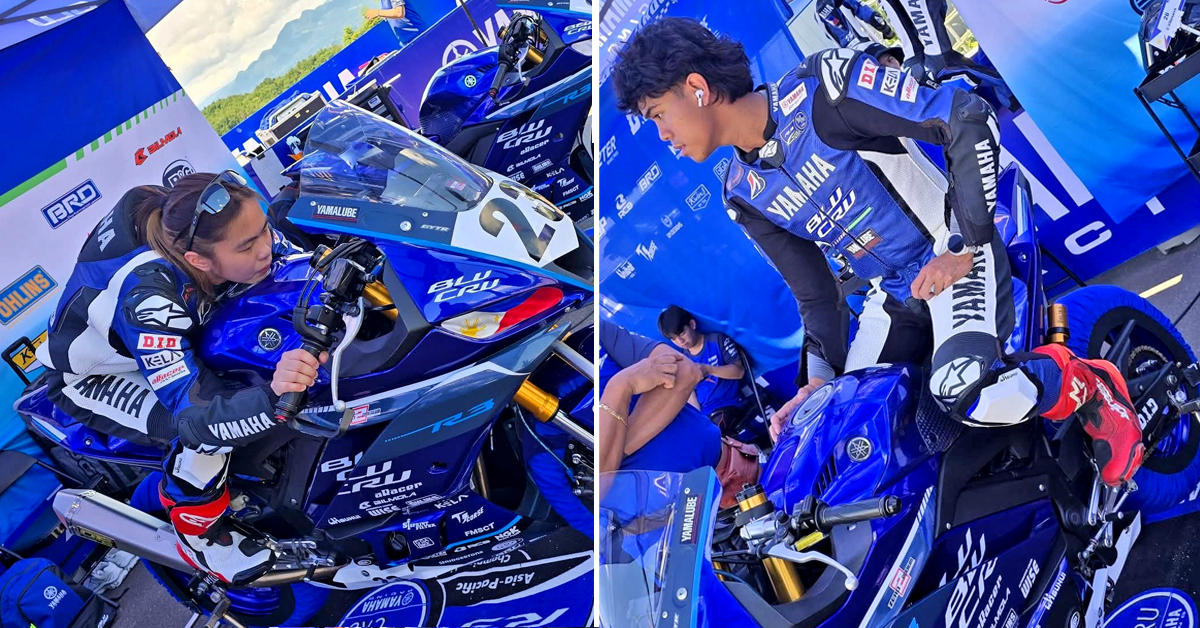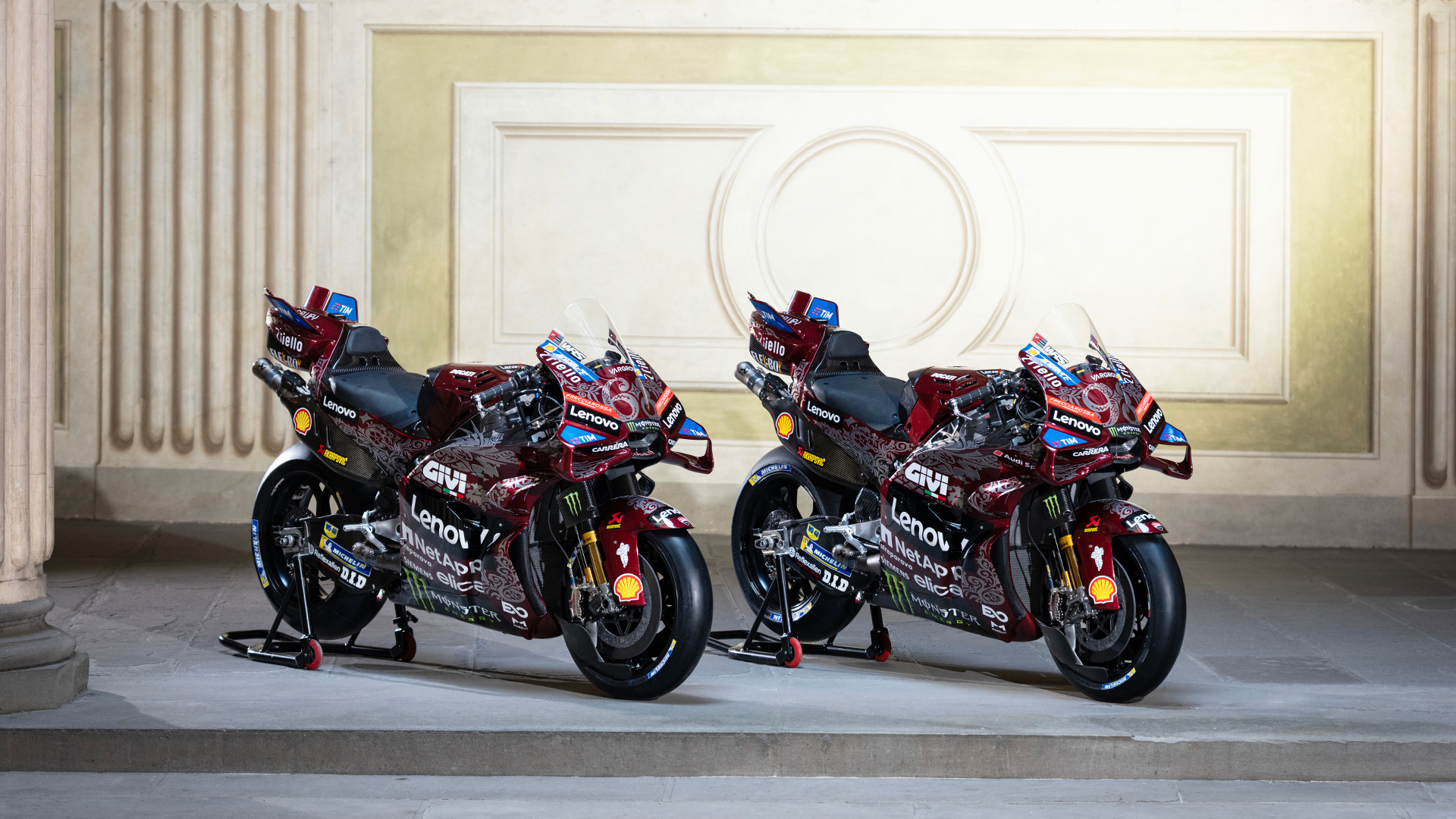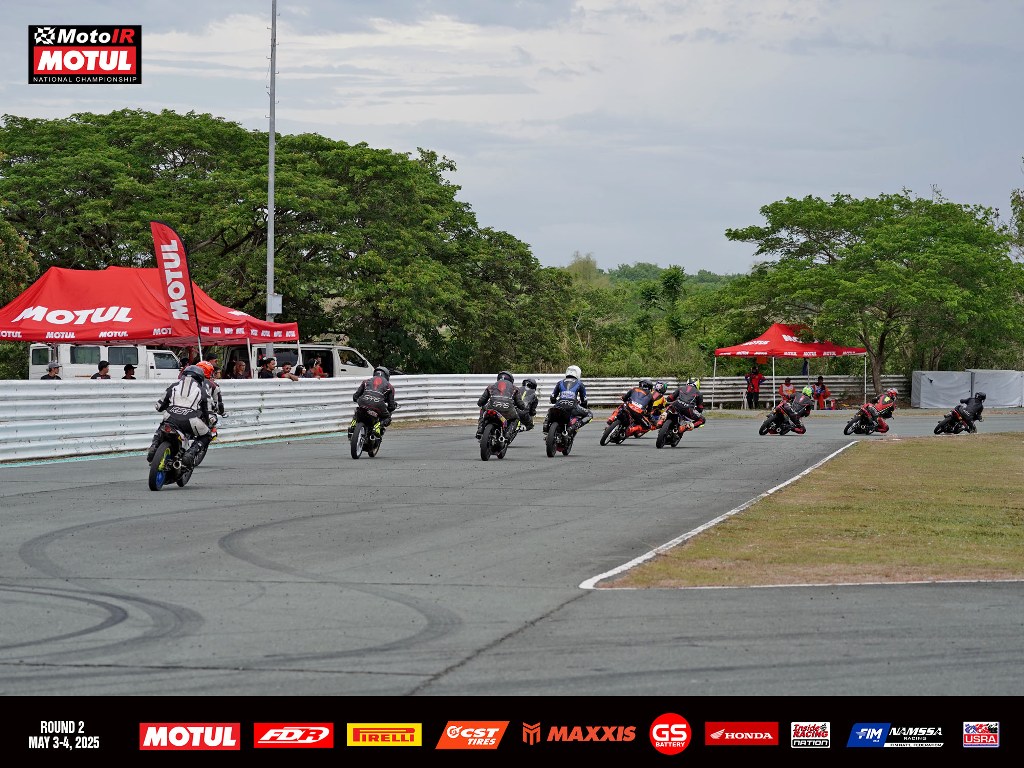Extreme Weather Changes
Share this
Riding these past few weeks was a bit challenging for many. Climate change is upon us and riding in different weather and road conditions will be more often for many of us. Abnormal for this period of the year, the hot temperatures in the morning force you to ride wearing your ventilated jacket and open-face helmet only to be soaked in the pouring rain during your late afternoon trip back home. It is best to be prepared for both extreme conditions.
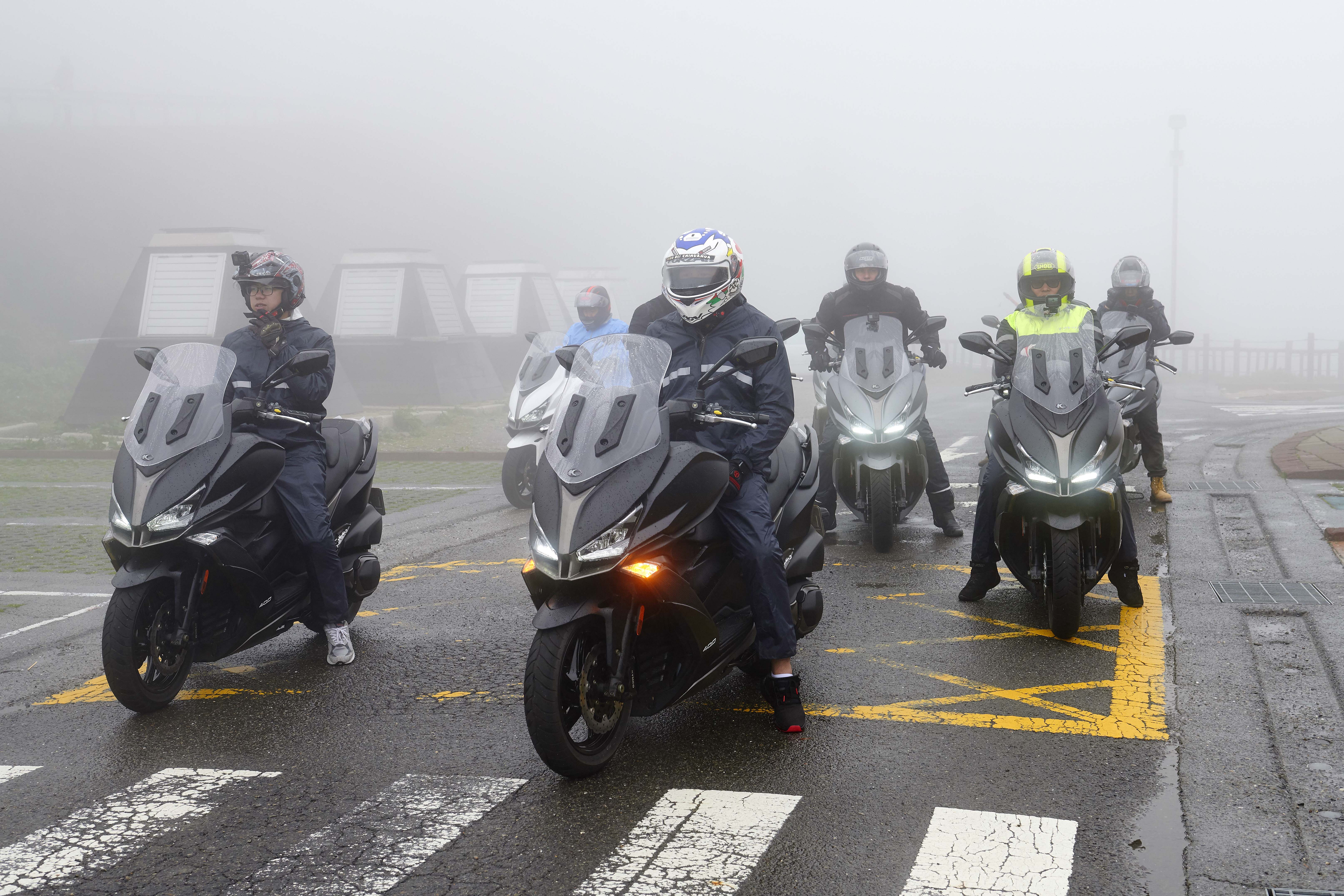
For the early morning hot rides, standard summer riding rituals apply. Aside from wearing cool ventilated jackets, make sure you are well hydrated in the morning. The summer may be over but the temperatures in the morning until noon time could still be high and will lead you to lose more body fluids than expected. Also, school will be back so expect to be on the road longer in the morning traffic. Daily commuters should seriously consider picking a longer route through smaller roads where traffic is lighter. Getting stuck in slow or non-moving traffic while inhaling other vehicles’ hot exhaust fumes is not good and makes it even hotter than the weather.
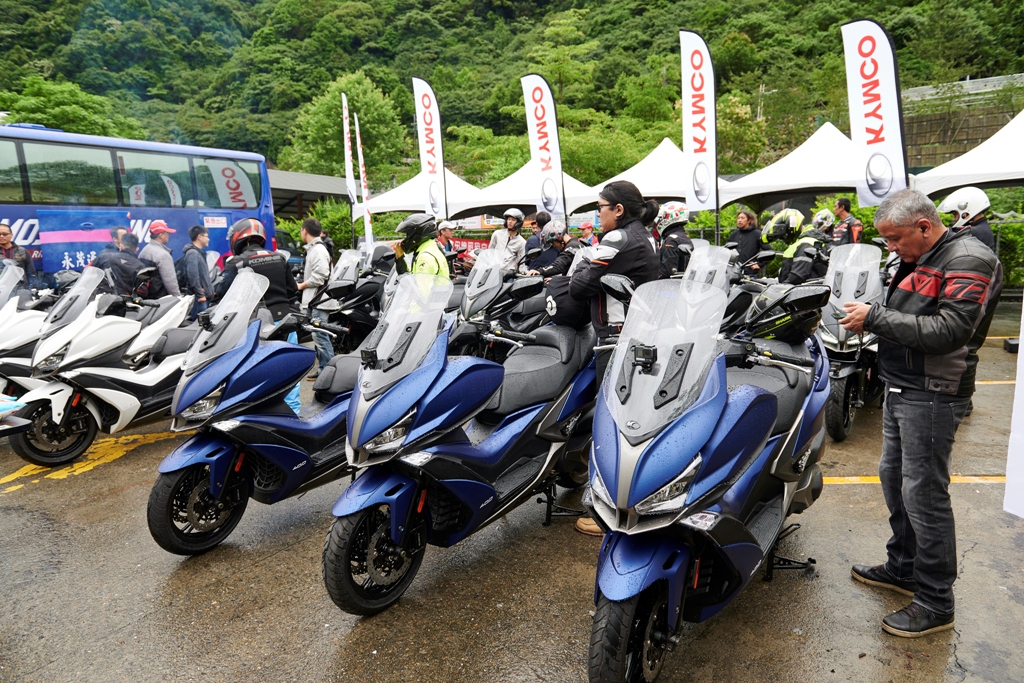
For the other side of the weather; proper gear and cautious riding are important.
Always stash your rain gear with you even when it’s perspiring hot when you leave. Water repellant does not mean 100% water proof so a good two-piece raincoat that you can wear over your riding gears will keep you dry and warm. One item I find really useful is the GIVI rain shoe cover that can easily be carried on your bike and worn over whatever footwear you are using. Riding with dry feet can be the most comfortable experience you will get riding in the wet. Full-face helmets with breath deflectors will make sure your shield will not fog up. During the late afternoon heavy rain showers, it will be slightly dark so better practice the head-light-on habit which increases your visibility to other motorists and will also increase your chance of avoiding any nasty accidents.
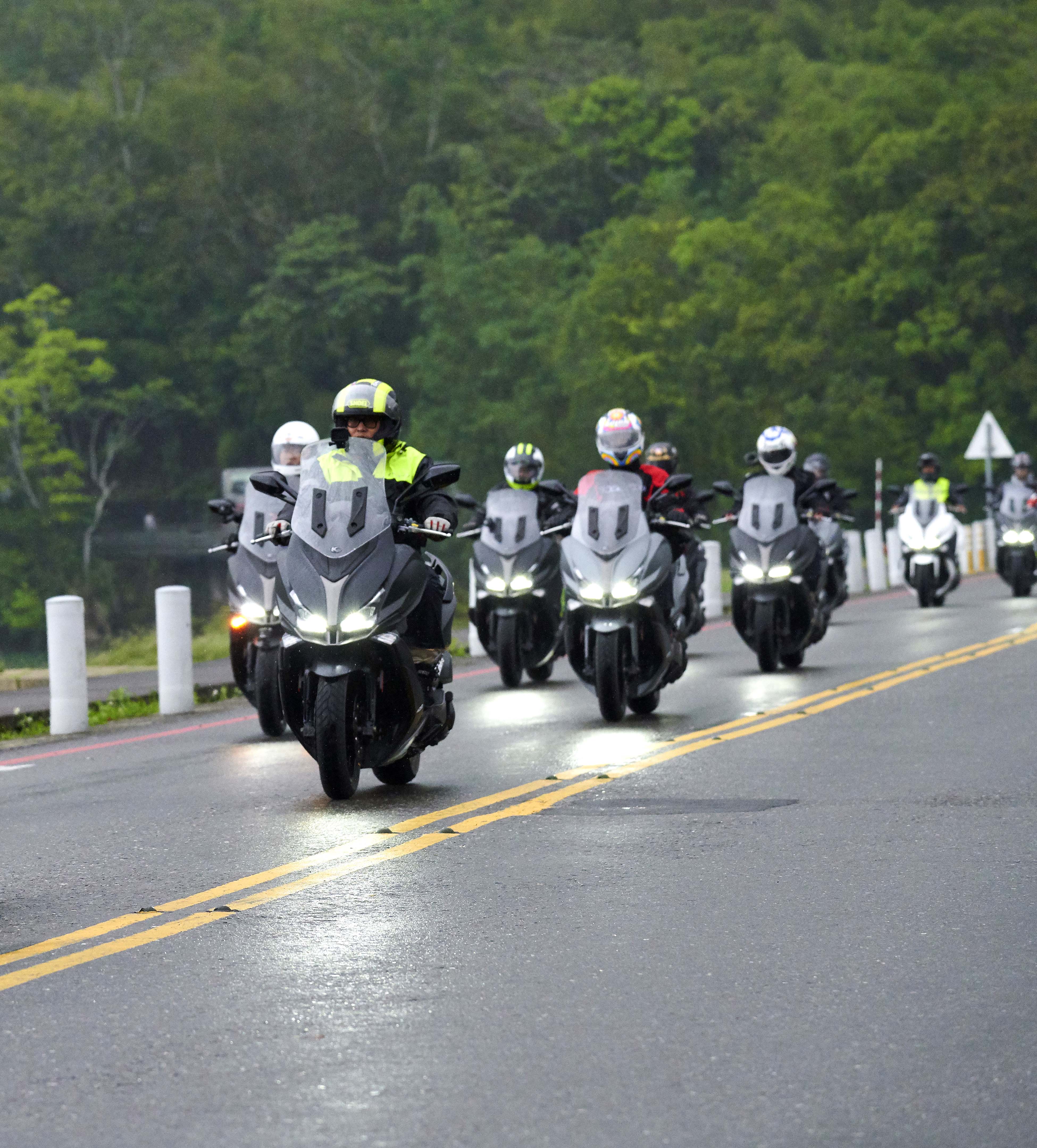
Keep in mind that the road is most dangerous or slippery during the first 10 minutes of light rain. The rain mixes with oil left by vehicles on the road and results in a slippery surface. If it rains hard and long enough, the rain washes off the oil and the slippery conditions are reduced. However, if it rains heavily, there can be moving water on the road and may create a situation where hydroplaning is possible. You may not be able to steer or stop properly in heavy rains so you should reduce your speed. Wet roads can double your stopping distance so reduce your speed by half. Avoid aggressive braking or steering. Pay particular attention right after heavy rains since your instinct is to speed up again. However, there could still be water on the road and you could hydroplane.
Yes, sometimes you wish you didn’t have to ride in this weather, but at least you should feel lucky that you are out there by yourself and the probability of catching a deadly virus will be low (at least in my opinion) as compared to the risk if you are closely cocooned with twenty other strangers inside a jeepney or FX.
Ride safely and always fasten your helmet.
By Al Camba









